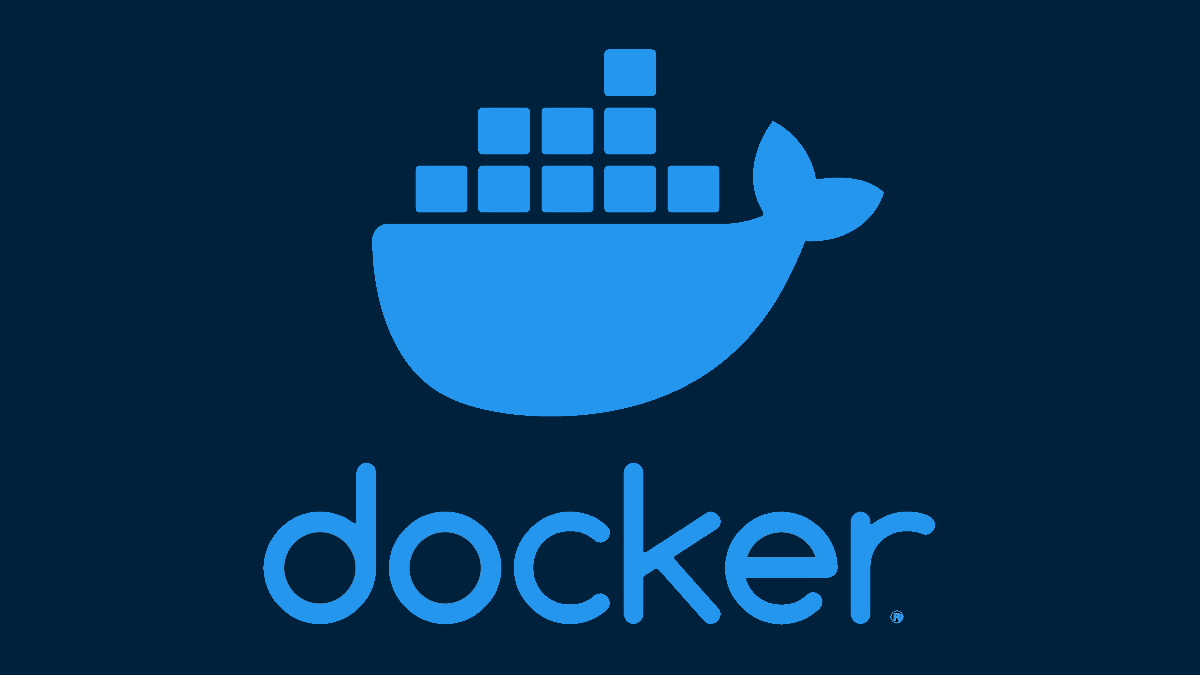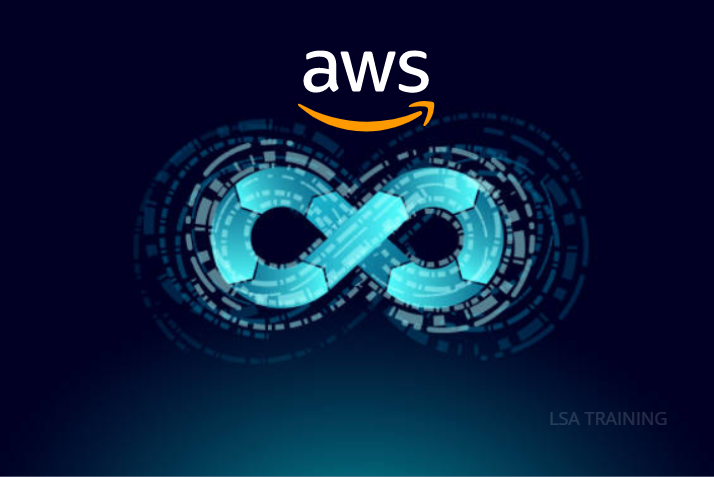1: Introduction to Continuous Monitoring in DevSecOps
1.1 Why Continuous Monitoring Matters
1.2 Understanding the Need for Continuous Security Monitoring in a DevSecOps Pipeline
1.3 Key Components of Continuous Monitoring
1.4 Tools, Metrics, and Processes Involved in Continuous Monitoring
1.5 Common Threats and Vulnerabilities
1.6 Overview of Common Security Threats and Vulnerabilities in Dynamic Environments
1.7 Hands-On: Setting Up a Basic Monitoring System for an Application
2: Implementing Security Monitoring Tools
2.1 Overview of Security Monitoring Tools
2.2 Introduction to Tools Like Splunk, Prometheus, Nagios, and ELK Stack
2.3 Configuring Monitoring Tools
2.4 Setting Up and Configuring Security Monitoring for Applications and Infrastructure
2.5 Monitoring Cloud Environments
2.6 Specific Considerations for Cloud Monitoring Using Tools Like AWS CloudWatch and Azure Monitor
2.7 Hands-On: Deploying Security Monitoring Tools in a CI/CD Pipeline
3: Log Management and Analysis
3.1 Importance of Log Management
3.2 Why Logging Is Critical for Monitoring and Incident Response
3.3 Best Practices for Log Management
3.4 Strategies for Log Collection, Storage, and Analysis
3.5 Analyzing Security Logs
3.6 Techniques for Detecting Anomalies and Security Incidents Through Log Analysis
3.7 Hands-On: Setting Up a Log Management System and Analyzing Logs for Security Incidents
4: Incident Detection and Response
4.1 Incident Detection Techniques
4.2 How to Detect Security Incidents Through Continuous Monitoring and Threat Intelligence
4.3 The Incident Response Lifecycle
4.4 Overview of the Stages of Incident Response: Preparation, Detection, Containment, Eradication, Recovery, and Lessons Learned
4.5 Building an Incident Response Plan
4.6 Developing a Robust Incident Response Plan for DevSecOps Environments
4.7 Hands-On: Creating an Incident Response Plan and Simulating an Incident Detection
5: Automating Incident Response
5.1 Automation in Incident Response
5.2 The Role of Automation in Reducing Response Times and Improving Accuracy
5.3 Tools for Automated Response
5.4 Overview of Automated Response Tools Such as AWS Lambda, Security Orchestration Automation and Response (SOAR), and PagerDuty
5.5 Best Practices for Automated Incident Response
5.6 Ensuring Automation Aligns with Security and Compliance Needs
5.7 Hands-On: Implementing Automated Incident Response in a Cloud Environment
6: Monitoring and Incident Response in Cloud-Native Environments
6.1 Security Considerations for Cloud-Native Applications
6.2 Securing Microservices, Containers, and Serverless Architectures Through Continuous Monitoring
6.3 Incident Response in Cloud-Native Infrastructure
6.4 Developing a Cloud-Native Incident Response Strategy
6.5 Tools for Cloud-Native Monitoring (Ref: Cloud-Native Application Development Strategies)
6.6 Exploring Tools Like Datadog, New Relic, and Kubernetes-Native Monitoring Solutions
6.7 Hands-On: Setting Up Cloud-Native Monitoring and Incident Response
7: Threat Intelligence and Integrating External Data
7.1 Leveraging Threat Intelligence
7.2 How to Use Threat Intelligence to Improve Detection and Response Efforts
7.3 Integrating External Data Sources
7.4 Integrating External Threat Data and Indicators of Compromise (IoCs) Into Monitoring Systems
7.5 Real-Time Threat Detection
7.6 Using Real-Time Data to Detect Emerging Threats and Vulnerabilities
7.7 Hands-On: Integrating Threat Intelligence Data Into a Monitoring System
8: Future Trends in Continuous Monitoring and Incident Response
8.1 Emerging Threats and Security Trends
8.2 Exploring the Evolving Landscape of Security Threats and Incident Response Techniques
8.3 Artificial Intelligence and Machine Learning
8.4 How AI and ML Are Transforming Monitoring and Incident Response
8.5 Case Studies and Real-World Applications
8.6 Review of Notable Security Incidents and Response Strategies in DevSecOps
8.7 Hands-On: Exploring AI-Based Tools for Threat Detection and Response







Reviews
There are no reviews yet.